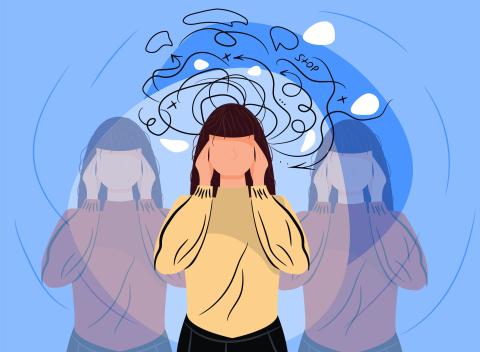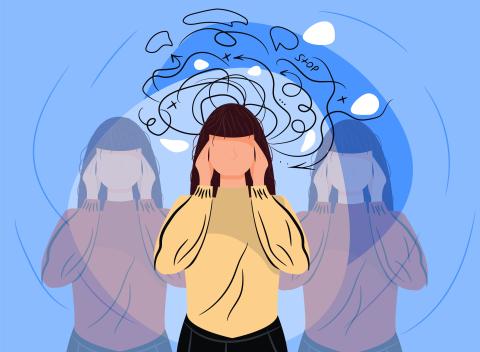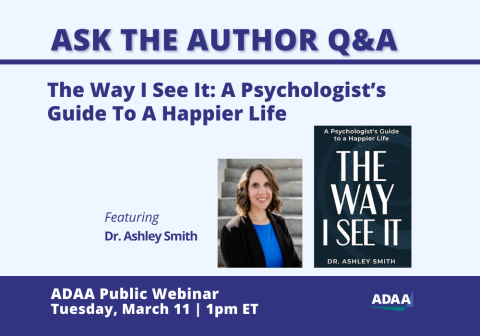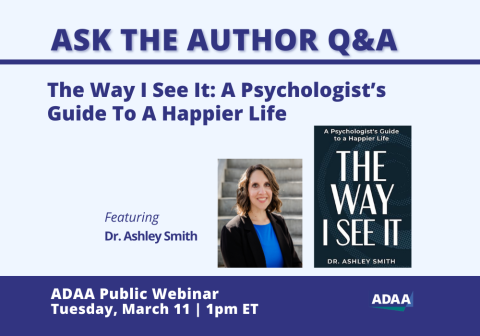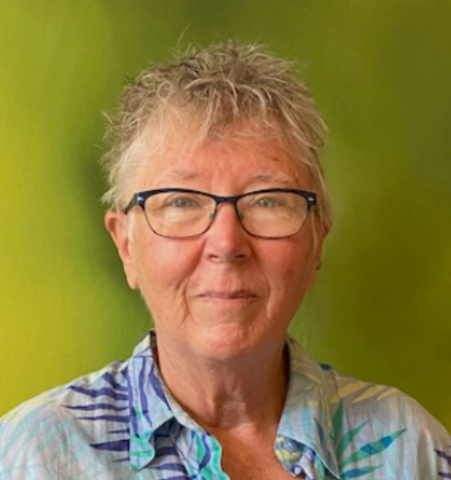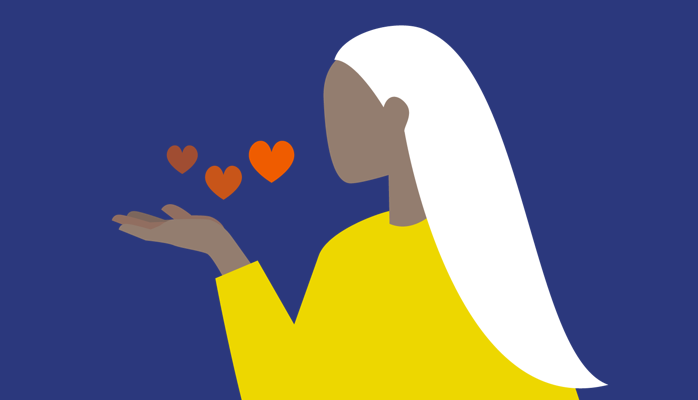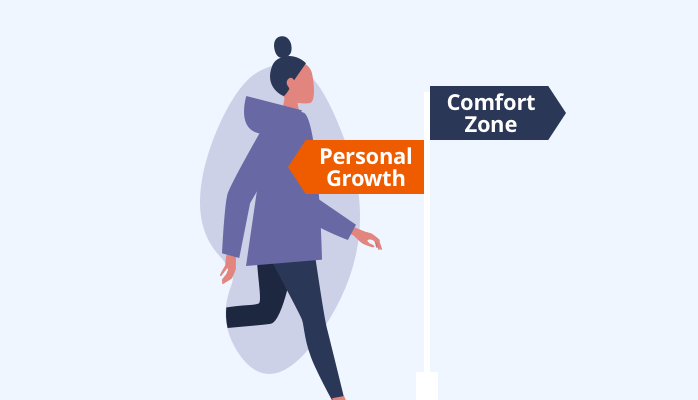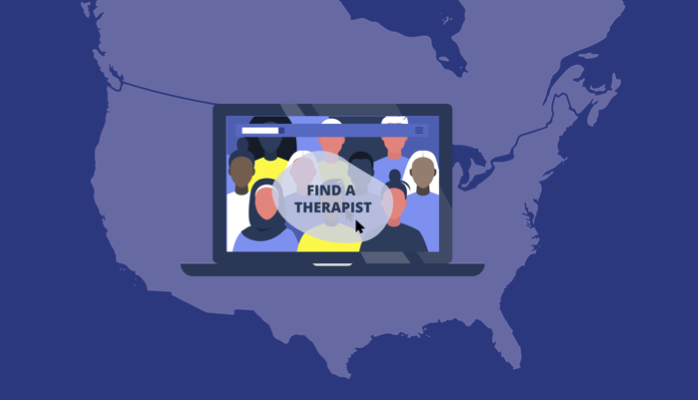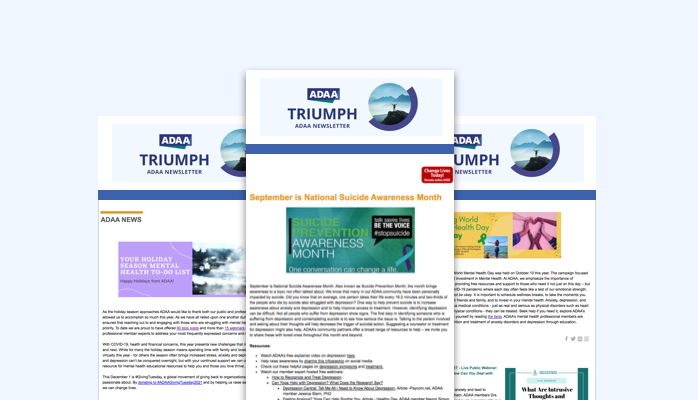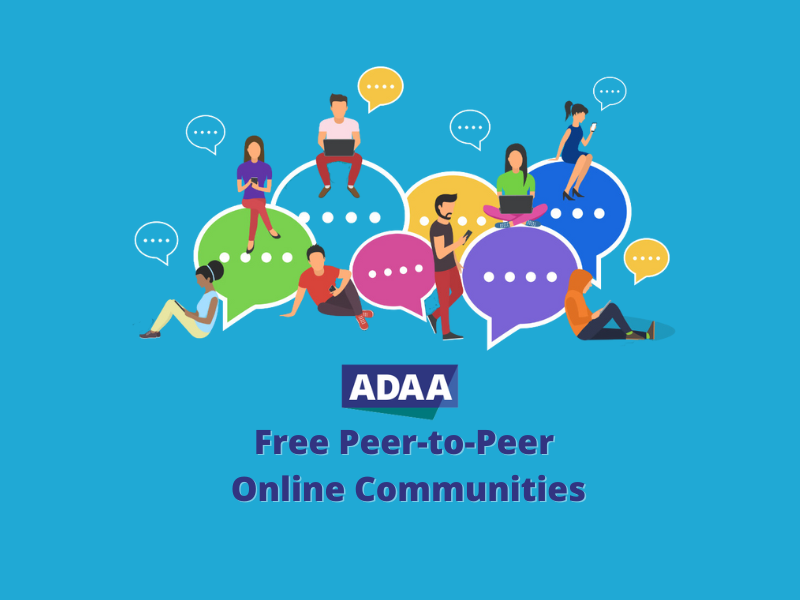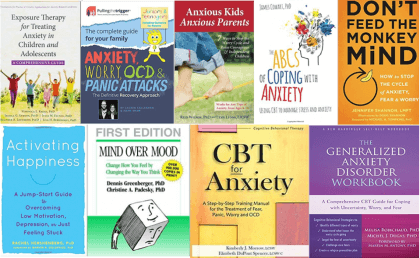Help us spread the word about the benefits of treatment for anxiety and mood disorders, OCD, and PTSD — for children and teens, women, men, and all those suffering from related illnesses.
Please tweet, post on Facebook, or add the links to your own website — whatever works to get the word out that you are not alone and help is here!
Children and Teens
@Got_Anxiety
#Anxiety disorders affect one in eight children. Help is here. http://www.adaa.org/living-with-anxiety/children/treatment
Learn the #depression #symptoms in kids. http://www.adaa.org/living-with-anxiety/children/anxiety-and-depression
Learn how to choose a #child #therapist. http://www.adaa.org/living-with-anxiety/children/treatment/choosing-therapist-your-child
Tips for parents and caregivers to help children manage anxiety disorders. http://www.adaa.org/living-with-anxiety/children/tips-parents-and-caregivers
#Depression in #children and #teens is a risk factor for #suicide. Learn about treatment. http://www.adaa.org/living-with-anxiety/children/treatment
![]()
Anxiety is a normal part of childhood, but children who suffer from an anxiety disorder show fear, nervousness, and shyness and start to avoid places and activities. Help is here. http://www.adaa.org/living-with-anxiety/children/treatment
Separation anxiety, phobias, OCD, social anxiety, and more. Learn the symptoms and how to help children with anxiety disorders. http://www.adaa.org/living-with-anxiety/children/childhood-anxiety-disorders
Get tips for parents and caregivers to help children manage anxiety disorders. http://www.adaa.org/living-with-anxiety/children/tips-parents-and-caregivers
Childhood depression is a risk factor for suicide. Learn about treatment. http://www.adaa.org/living-with-anxiety/children/treatment
Women
@Got_Anxiety
Women are twice as likely to have an #anxiety #disorder. Why? Get the facts. http://www.adaa.org/living-with-anxiety/women/facts
Anxiety during #pregnancy may affect treatment. Learn about it. http://www.adaa.org/living-with-anxiety/women/pregnancy-and-medication
Some 13% of women experience #postpartum #depression. http://www.adaa.org/living-with-anxiety/women/postpartum-depression
Up to 5% of new mothers will experience symptoms of #postpartum #OCD. http://www.postpartum.net/learn-more/pregnancy-or-postpartum-ocd/
![]() From puberty until about the age of 50, females are twice as likely to have an anxiety disorder as males. Anxiety disorders also occur earlier in women than in men. Learn more. http://www.adaa.org/living-with-anxiety/women/facts
From puberty until about the age of 50, females are twice as likely to have an anxiety disorder as males. Anxiety disorders also occur earlier in women than in men. Learn more. http://www.adaa.org/living-with-anxiety/women/facts
Symptoms of anxiety disorders and depression can develop or worsen during or after pregnancy, even if women notice fewer symptoms while pregnant. http://www.adaa.org/living-with-anxiety/women/pregnancy-and-medication
Pregnant women with a history of anxiety or depression can face difficult and confusing choices about treating their symptoms with antidepressants and other medications. http://www.adaa.org/living-with-anxiety/women/pregnancy-and-medication
Men
@Got_Anxiety
Men are less likely to seek treatment. Find a therapist in your area. http://treatment.adaa.org
Tips for soldiers and veterans adjusting post-deployment. https://www.adaa.org/living-with-anxiety/military-military-families/tips-soldiers-and-veterans
Seeking help is a sign of #strength, not weakness. https://www.adaa.org/living-with-anxiety/military-military-families/find-help
Did you know social anxiety disorder is equally common among women and men? Find out more. /understanding-anxiety/social-anxiety-disorder
Tips for families and friends. https://www.adaa.org/tips
![]() Anxiety disorders are treatable, and the vast majority of people with an anxiety disorder can be helped with professional care. https://www.adaa.org/find-help/treatment-help
Anxiety disorders are treatable, and the vast majority of people with an anxiety disorder can be helped with professional care. https://www.adaa.org/find-help/treatment-help
Some 40,000 military members who have returned from Iraq or Afghanistan have been officially diagnosed with PTSD since 2003. https://adaa.org/understanding-anxiety/posttraumatic-stress-disorder-ptsd
Related Illnesses
@Got_Anxiety
#PTSDFact 7.7 million Americans age 18 and older have PTSD. https://adaa.org/understanding-anxiety/posttraumatic-stress-disorder-ptsd
#OCDFact 2.2 million, 1.0% of the U.S. population suffers. http://www.adaa.org/understanding-anxiety/obsessive-compulsive-disorder-ocd
Anxiety or eating disorder: which comes first? https://adaa.org/understanding-anxiety/related-illnesses/eating-disorders
Many people with an anxiety disorder also have a co-occurring disorder or physical illness. Understand the facts. https://adaa.org/understanding-anxiety/co-occurring-disorders
Tips to try when you're #anxious or #stressed: http://www.adaa.org/tips
![]() Many people with an anxiety disorder also have a co-occurring disorder or physical illness, which can make their symptoms worse and recovery more difficult. As with all illnesses and disorders, it’s important to find appropriate treatment. Find out more about related illnesses. https://adaa.org/understanding-anxiety/co-occurring-disorders
Many people with an anxiety disorder also have a co-occurring disorder or physical illness, which can make their symptoms worse and recovery more difficult. As with all illnesses and disorders, it’s important to find appropriate treatment. Find out more about related illnesses. https://adaa.org/understanding-anxiety/co-occurring-disorders
If you think you have anxiety, it’s time to get help. There's no shame in talking to a mental health professional about your feelings. http://www.adaa.org/living-with-anxiety/college-students/find-help
Eating disorders are much more common among women and girls, but men and boys account for about 5 to 15 percent of those with anorexia or bulimia and about 35 percent of those with binge eating disorder. Understand the facts and know the symptoms. https://adaa.org/understanding-anxiety/related-illnesses/eating-disorders
People with BDD suffer from obsessions about their appearance that can last for hours or up to an entire day. Find out more about body dismorphic disorder. https://adaa.org/understanding-anxiety/body-dysmorphic-disorder
Anxiety can worsen symptoms of abdominal cramps and pain and make you literally feel sick to your stomach. Learn more about IBS. https://adaa.org/understanding-anxiety/related-illnesses/irritable-bowel-syndrome-ibs
